Stringent Environmental Regulations
The Automotive Vibration Control System Market is also shaped by stringent environmental regulations aimed at reducing vehicle emissions and enhancing fuel efficiency. Governments across various regions are implementing policies that mandate the use of advanced technologies to minimize environmental impact. Vibration control systems contribute to this objective by improving vehicle performance and reducing energy consumption. As manufacturers seek to comply with these regulations, the integration of effective vibration control solutions becomes essential. This regulatory landscape not only drives innovation within the industry but also encourages the development of sustainable automotive technologies. The ongoing evolution of environmental standards is likely to propel the demand for vibration control systems, as companies strive to meet compliance requirements while enhancing vehicle performance.
Growth of Electric and Hybrid Vehicles
The Automotive Vibration Control System Market is witnessing a transformative shift with the growth of electric and hybrid vehicles. These vehicles often require specialized vibration control systems to manage the unique challenges posed by electric drivetrains and battery systems. The increasing adoption of electric vehicles is driven by consumer demand for sustainable transportation options and government incentives promoting cleaner technologies. As the market for electric and hybrid vehicles expands, the need for effective vibration control solutions becomes critical to ensure optimal performance and passenger comfort. This trend indicates a promising future for the vibration control system market, as manufacturers adapt their offerings to cater to the evolving needs of the automotive industry.
Increasing Vehicle Production and Sales
The Automotive Vibration Control System Market is significantly influenced by the rising production and sales of vehicles worldwide. As automotive manufacturers ramp up production to meet consumer demand, the need for effective vibration control systems becomes more pronounced. In recent years, vehicle production has seen a steady increase, with millions of units produced annually. This growth is driven by factors such as urbanization, rising disposable incomes, and a growing preference for personal vehicles. Consequently, the demand for vibration control systems is expected to rise in tandem with vehicle production, creating lucrative opportunities for manufacturers and suppliers in the market. The correlation between vehicle sales and vibration control system adoption underscores the importance of these systems in modern automotive design.
Rising Demand for Comfort and Safety Features
The Automotive Vibration Control System Market is experiencing a notable surge in demand for enhanced comfort and safety features in vehicles. Consumers increasingly prioritize a smooth driving experience, which necessitates advanced vibration control systems. This trend is further supported by the automotive sector's shift towards electric and hybrid vehicles, which often require sophisticated vibration management to ensure optimal performance. According to recent data, the market for vibration control systems is projected to grow at a compound annual growth rate of approximately 6% over the next five years. This growth is indicative of a broader industry movement towards integrating advanced technologies that enhance passenger comfort and vehicle safety, thereby driving the demand for innovative vibration control solutions.
Technological Advancements in Vibration Control
Technological advancements play a pivotal role in shaping the Automotive Vibration Control System Market. Innovations such as active and semi-active suspension systems are becoming increasingly prevalent, allowing for real-time adjustments to vehicle dynamics. These systems utilize sensors and algorithms to monitor road conditions and vehicle behavior, thereby optimizing vibration control. The integration of artificial intelligence and machine learning into these systems is expected to further enhance their effectiveness. As manufacturers strive to differentiate their offerings, the adoption of cutting-edge vibration control technologies is likely to become a key competitive advantage. This trend suggests a robust growth trajectory for the market, as companies invest in research and development to create more efficient and responsive vibration control solutions.


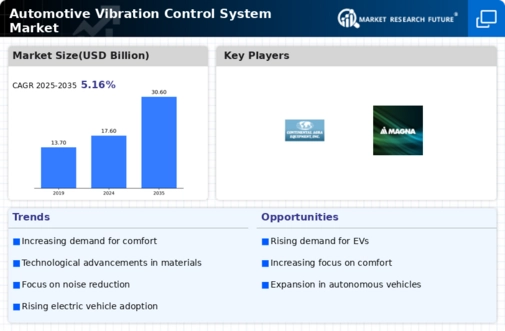
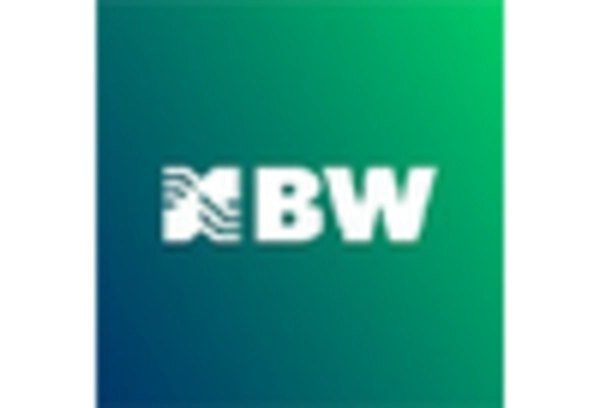

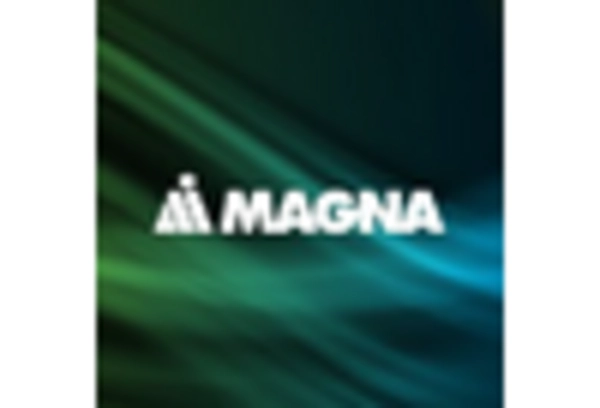
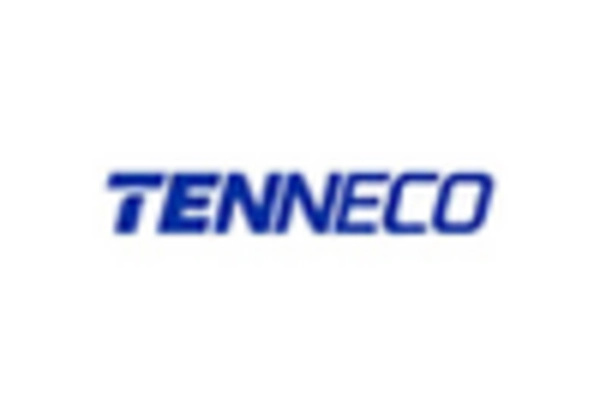
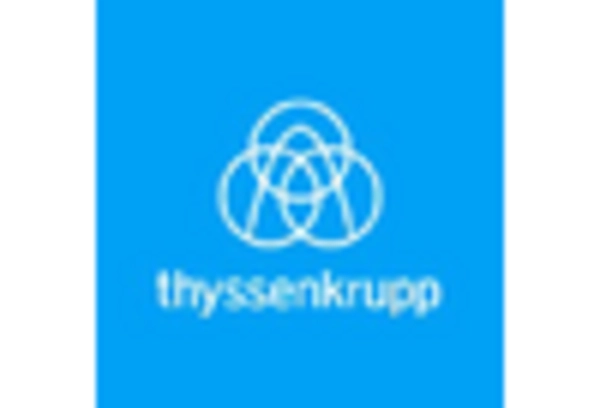
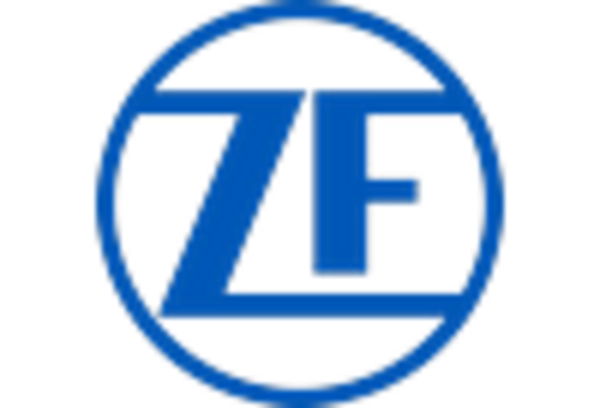








Leave a Comment